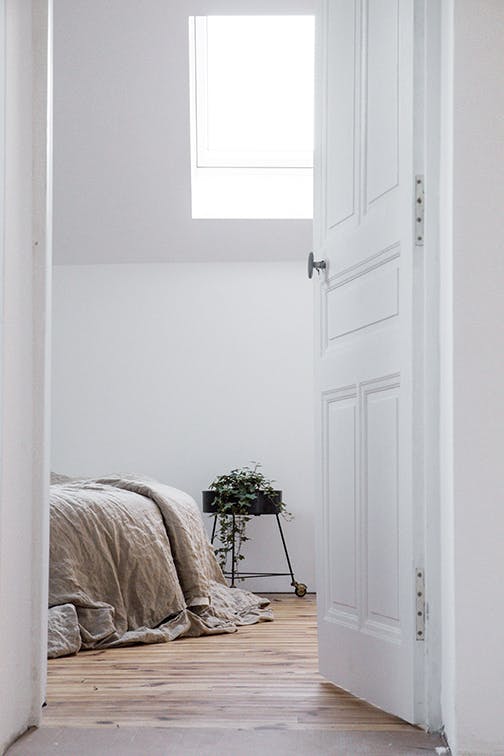
According to the United States’s National Council on Aging, falls are the leading cause of injury for America’s elderly population. The National Council on Aging found that 1 in 4 seniors ages 65 and up falls at least once a year. They have also stated that every 11 seconds an elderly patient is treated for a fall, while every 19 seconds an older adult passes away as the result of a fall.
A fall is a scary, unwanted experience. And whether or not falls results in an injury, they leave seniors feeling vulnerable and shaken. Maybe you are a nurse or caretaker for someone who has taken a fall, or maybe one of your parents has a high fall risk. What can you do to help your loved one who is at risk for falling? How can we decrease the risk of falls for our seniors?
Bed alarms for seniors are one type of security device intended to decrease the chances of an accidental fall for those who are at high risk to take a tumble. In this article, we will ask and answer 6 questions about bed alarms for seniors so you can learn more about these devices and whether or not they are something that you can use to help keep your loved ones or patients safe.
Note: While not all individuals who use bed alarms are patients in a care facility, for simplicity those who use a bed alarm will be referred to as “patients” throughout this article. Any person who watches over someone that uses a bed alarm will be referred to as a “caretaker.”
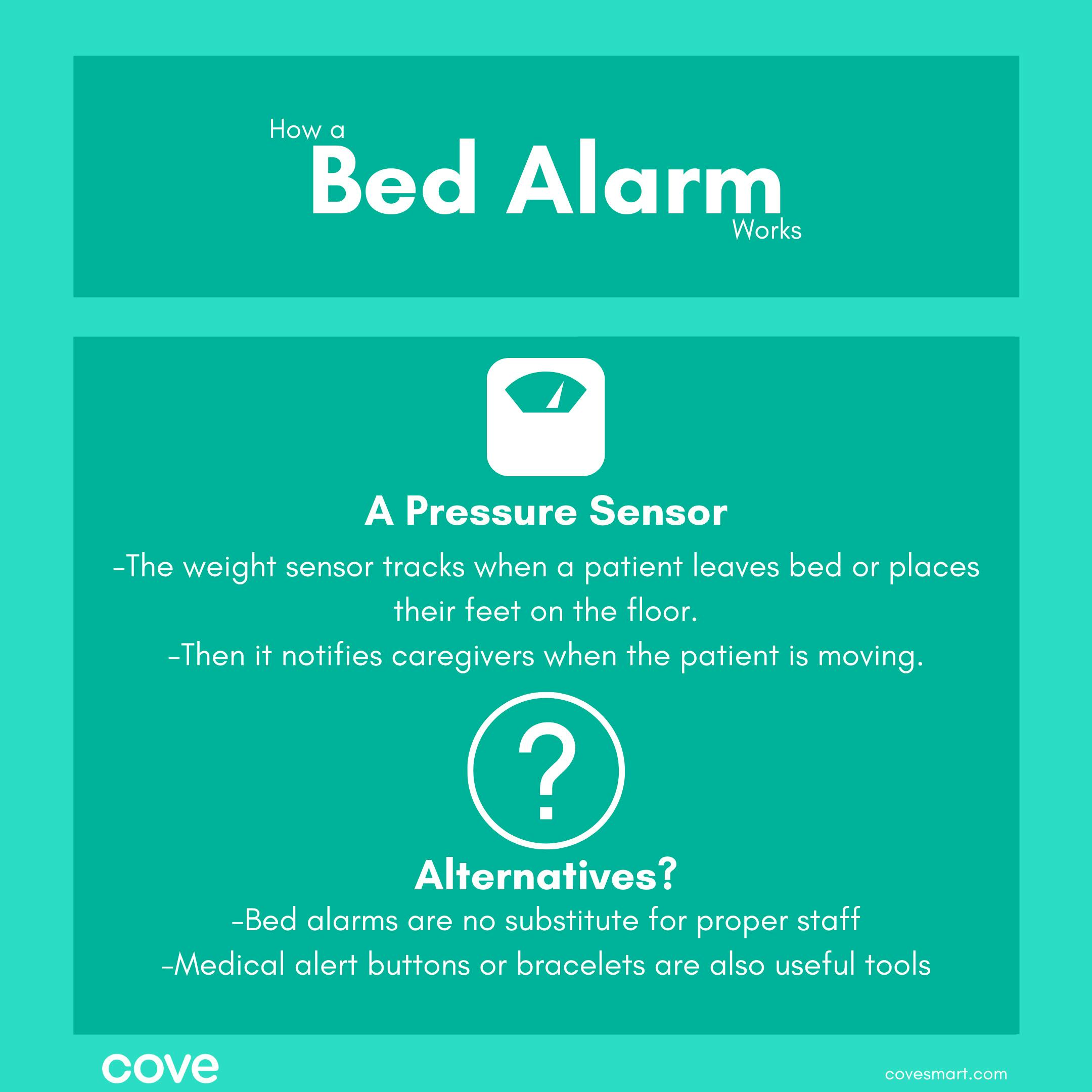
What Is a Bed Alarm?
A bed alarm is a device (usually a small bed pad, floor pad, or sensor pad) that lets caregivers monitor the movements of someone in bed.
A bed alarm is a device that lets caregivers monitor the movement of someone who is in a bed. They are designed to alert caregivers of movements that indicate that the person who is in bed is trying to get up, potentially posing a fall risk. Though bed alarms are most commonly used for seniors, they can be helpful for anyone who is at a high risk of falling, regardless of their age.
A bed alarm is a combination of a motion sensor pad, bed pad, and floor pad. These devices work together to monitor the movements of the person who is in the bed, watching specifically for movements and changes in pressure that indicate that the person is about to get out of bed. This usually happens when pressure is removed from the pressure sensor or sensing pad.
The goal of a bed alarm is to prevent falls. The device itself, however, does not actively prevent the person using it from getting out of bed. When it detects movement, it will sound an alarm. From that point forward, it is up to the patient’s caretaker to do what they can to help the person out of bed or help them get settled. Bed alarms simply let caretakers know that their assistance is needed. They do not restrain or otherwise prevent a patient from getting out of bed.
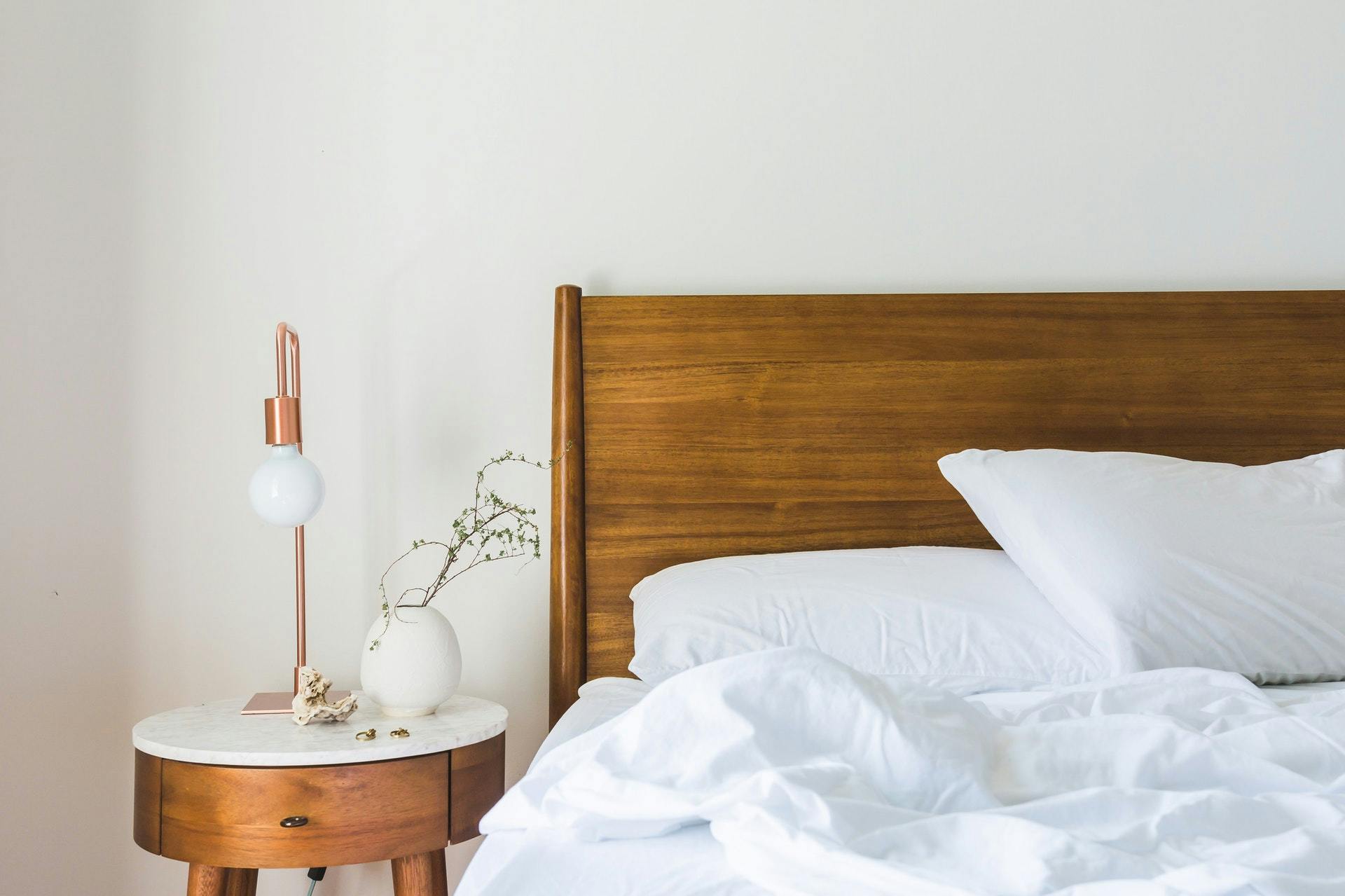
How Do You Use a Bed Alarm?
After all of the required sensors are carefully placed, a sensor pad will sound an alarm whenever it detects unwanted movement.
To use a bed alarm, you will need to place all sensors in the appropriate place on the bed. Each device will come with installment instructions. Place the floor mat on the ground where the person who is occupying the bed would put their feet should they get up. Place the bed pad underneath the linens of the bed. It is important to put the bed pad underneath the bed sheets so that its sensor does not get confused by the weight of the sheets. Putting the bed pad on before the bed is made up may result in inaccurate alarms because the weight of the sheets might make the bed pad think that the patient is still in bed.
When the sensors in the bed alarm become aware of unwanted movement, they will sound an alarm, alerting you to the potential dangerous fall that could happen should the patient manage to get themselves out of bed. That sound is your queue to get to the person’s room as fast as you can to check on them and make sure that everything is okay.
Some bed alarms will let you specify the types of movement that you would like to be alerted to. If you have a patient who rolls around in bed when they sleep, you may get a lot of false alarms if your bed sensor is set up to alert you to all movement. Taking the time to personalize the sensors can save time and energy in the long run.
Are Bed Alarms More Effective for Fall Prevention than Bed Railing?
It is up to consumers to decide whether bed alarms or bed railing is a better option for their individual situation.
Bed rails are an alternate method of keeping seniors safe in bed. But how do they compare to bed alarms? Which method of fall prevention is more effective?
The use of any product comes with certain risks. According to the FDA, there are annual reports of bed railing being involved in both entrapment and falls for patients and seniors. When used improperly, bed railing can pose more of a threat to patient health than it can to their safety. And, since bed railing does not have motion sensors, it does not provide an alarm monitor to watch over the individual who is in bed like a bed alarm does.
In contrast to bed railing, bed alarms that are improperly installed do not pose an inherent risk to the safety of a patient whose movements are being monitored. The device itself may be annoying when installed incorrectly because it could emit an increased number of false alarms. The real danger in a bed sensor that is improperly installed comes from caregivers who are planning on relying on the device to perform properly. Technology is intended to make life easier, but it does not take away personal responsibility. A malfunctioning or improperly installed bed alarm will not actively do anything to harm a patient, but it may put them at increased risk because a caretaker will not be able to rely on it for an accurate picture of a patient’s movements.
Ultimately, there is more risk for harm caused by bed railing than by bed alarms. The decision of which device is better for your patient, however, is very personal and may not be so black and white.
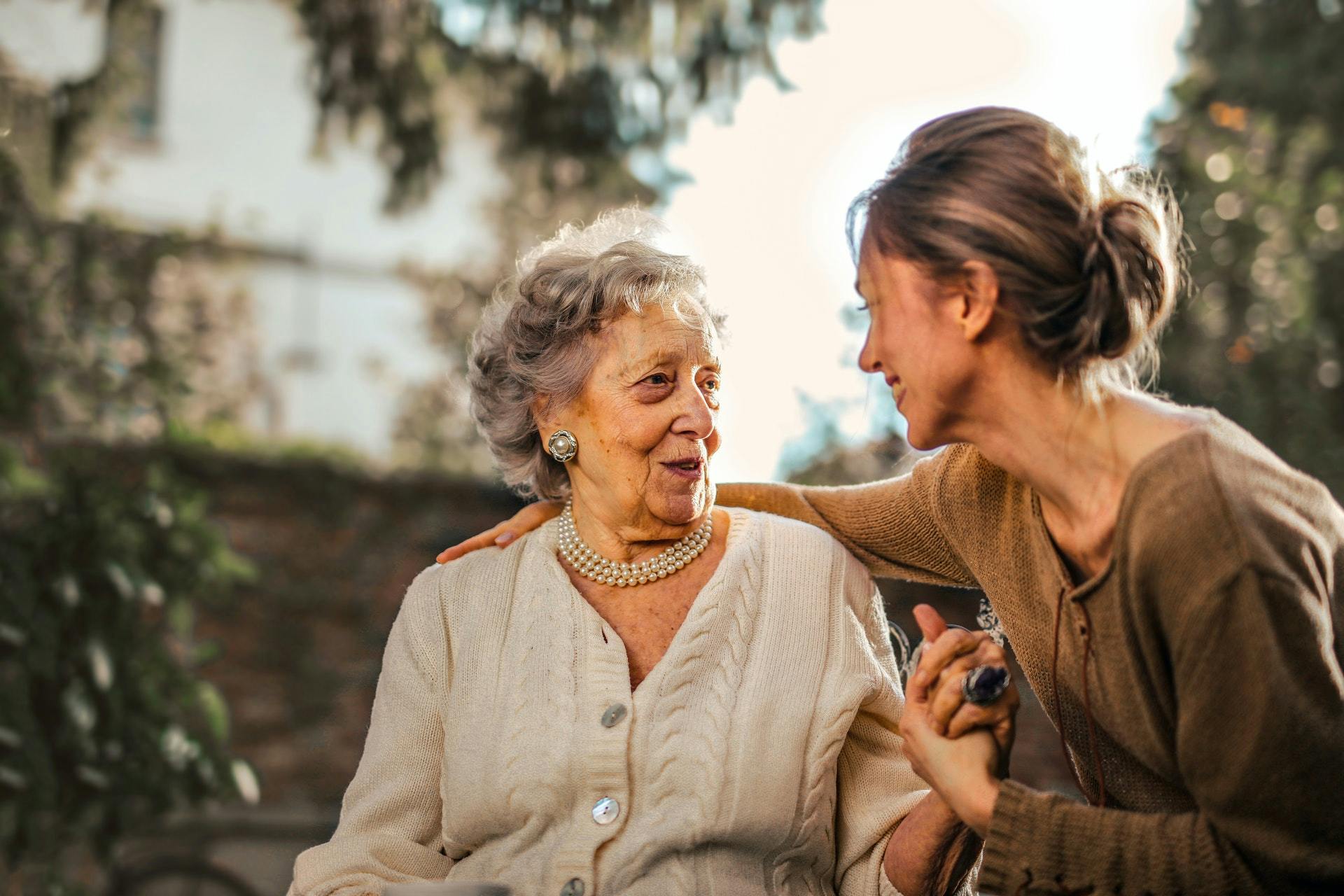
Will a Bed Alarm Really Prevent Falls?
A bed alarm can let caregivers know that a patient is moving around in bed, but it might be sending a false alarm.
Researchers have recently raised the question of whether or not bed pad alarms actually work as a fall prevention strategy. These devices became increasingly popular in the 1990s, and soon homes, hospitals, and nursing homes began monitoring their patients’ movements using a bed alarm sensor. It seems, however, that little research had been performed to ensure that these devices actually prevent falls before they became widely used.
One study that tested the effectiveness of bed alarms was performed in 2009. Researchers tested 14 participants in a nursing home in Philadelphia for 256 nights to see how effective the devices were at picking up on potential falls. Participants’ rooms were equipped with pressure sensor bed alarms and infrared motion sensor alarms to see which method of fall prevention was more accurate and helpful.
The study showed that a combination of the two types of bed alarm was better than using either one alone. Researchers also found that false alarms were very common with pressure pad bed alarms. Since people move around while they are in bed, the pressure sensors often misinterpreted natural movement as an attempt to get out of bed. Technology has improved since this study was conducted, but the fact remains that bed alarms can be more of a nuisance than a help if they consistently send false alarms. Just like nobody believed the boy who cried wolf when danger actually came rolling around, a bed alarm that gives too many false alarms could lead caregivers to discredit the alarm when a patient is really trying to get out of bed.
Overall, the study concluded that bed alarms can be helpful for alerting caregivers to potential falls, but that caregivers must take overall responsibility for their patients and their routine. Bed alarms were designed to let others know that a high-risk patient might be leaving their bed, but they were not designed to prevent any patient from physically leaving their bed. Once the alarm has sounded, it is up to a caregiver to come as quickly as they can to their patient’s aid.
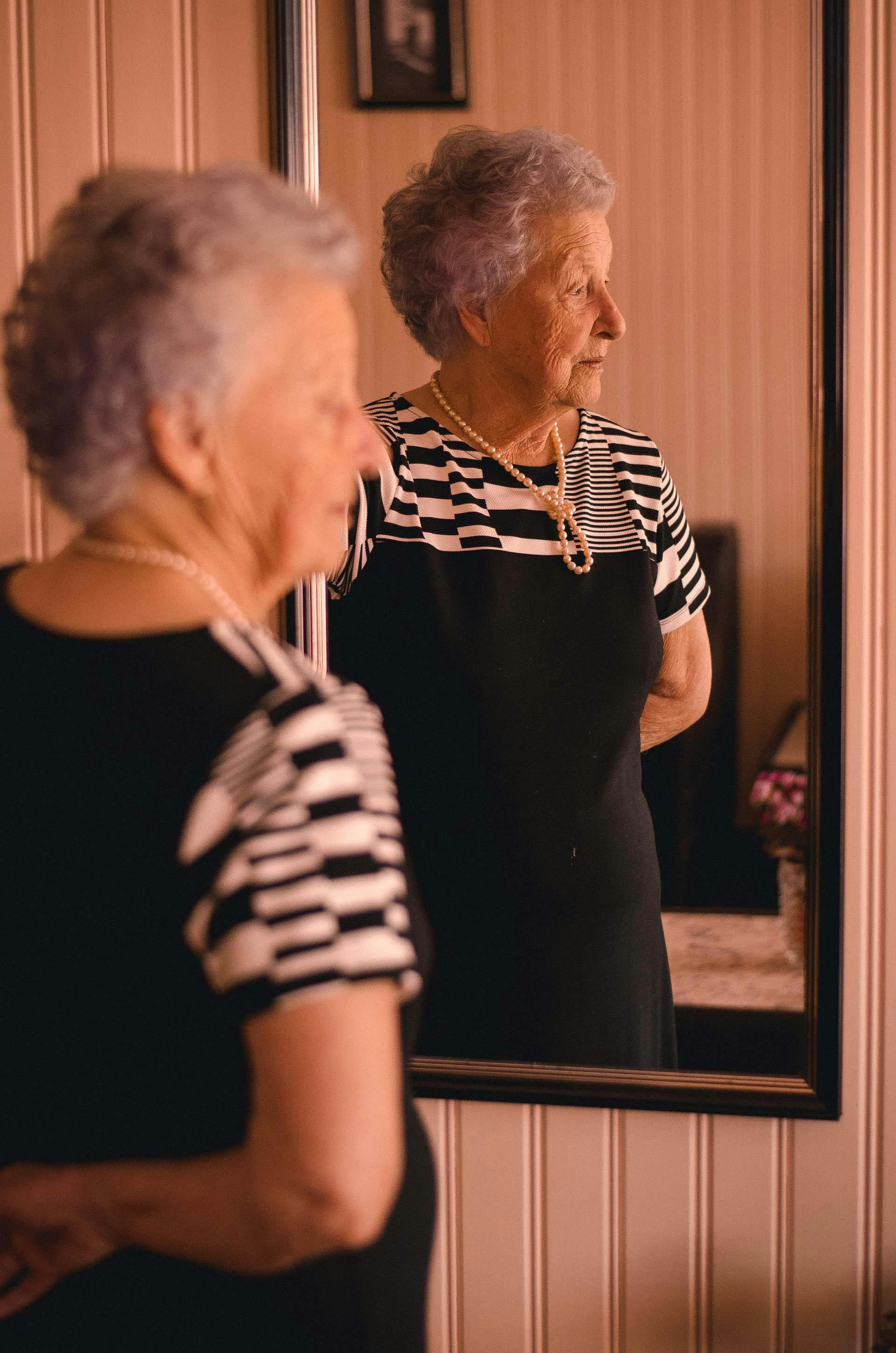
What Are Some Other Methods of Fall Prevention?
Balance and strength training, sufficient patient monitoring, environmental adaptations, medication management, and health management are additional methods of fall prevention.
Since bed alarms alone are not enough to eradicate falls, experts have studied other methods of fall prevention. These tactics do not include other forms of technology. Instead, these additional methods involve strength training and environmental adaptation.
Balance and strength training. If a patient is physically able to participate, physical therapy can be of great help in preventing falls. This prevention strategy equips patients with the skills and strength that they need to transition from being in bed to standing up. Physical therapy can also prevent falls by helping standing patients improve their gait once they are on the move. This training can take place on an individual basis or in a group physical therapy session.
Proper patient monitoring. Patients who present with a high fall risk must be properly monitored. One of the best ways to prevent falls is to make sure that each patient has what they need and that they are properly watched over. This involves placing proper labels outside of a patient’s door if they are inside of a care facility so that others know the individual needs special care. It also involves placing a warning bracelet or other alert on the patient’s body so that other caregivers know they may need to come to the patient’s aid at a moment’s notice.
Environmental adaptations. There are many small alterations that can be made to a patient’s environment to help decrease their risk of falling. Though these will likely not eliminate the risk altogether, every step toward a safer environment makes a difference. Environmental adaptations include making sure that any balancing devices (canes, walkers, etc.) are within arm’s reach of the patient’s bed, giving the patient anti-slip shoes and flooring that is not slick, and decreasing clutter in the patient’s room, especially near the floor surrounding their bed.
Medication management. Most medications that patients take are essential for their overall health. While changes in medication may not be a feasible option for everyone, some medications cause balance problems and could be the cause of a patient’s fall risk. Reducing the dosage of these medications could reduce falls.
Health management. As people age, their vision and hearing tend to decline. Eyesight and hearing loss both have a direct effect on balance. If someone cannot see very well, they may have a harder time walking confidently. If someone has a hearing impairment that has led to a balance disorder, they may be more likely to fall. A pair of eyeglasses and a visit from an audiologist could make a world of difference in a patient’s ability to keep their balance.
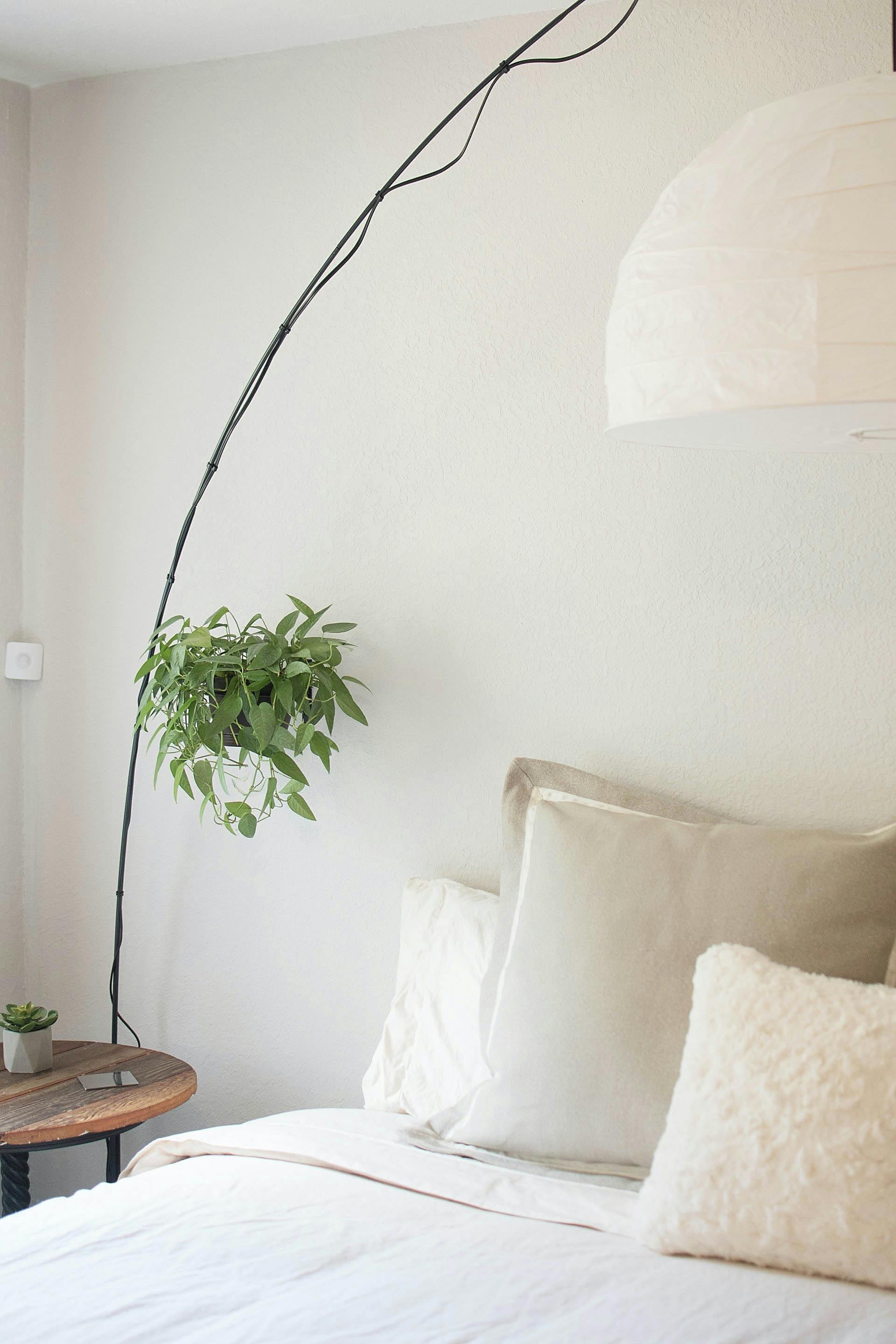
Do Nursing Homes Use Bed Alarms on Residents’ Beds?
While some nursing homes may still use bed alarms, many have phased them out. A lack of bed alarms helps caregivers be more attentive to their patients’ needs.
Bed exit alarms used to be commonplace in nursing homes and hospitals, but you might not find them there today. Some nursing homes and hospitals have begun to phase out these alert devices at their facilities in an attempt to help their staff be more focused on each individual patient.
Bed alarms are a widely used method of fall prevention, but some care facilities have found that using devices that watch over patients for the nurses and staff removes some of the responsibility that caregivers feel to give attention to each patient. While bed alarms do reduce the demands on caregivers, when there is a device like a motion sensor alarm in a patient’s bed caregivers may feel that the device is going to do a lot of the work of monitoring for them. Without bed alarms, caregivers have to better learn their patients’ routines and needs rather than relying on a device to let them know if their patients need something.
Technology is not a substitute for staff. By reducing the use of bed alarms, some caregivers feel that they are able to give better attention to the routines and needs of their patients. For this reason, many nursing homes no longer use bed alarms in their facilities. At the same time, some nursing homes see bed alarms in a favorable light because they reduce the demands on staff members. The decision of whether or not to use a bed alarm system will depend on the individual nursing home or care facility.
